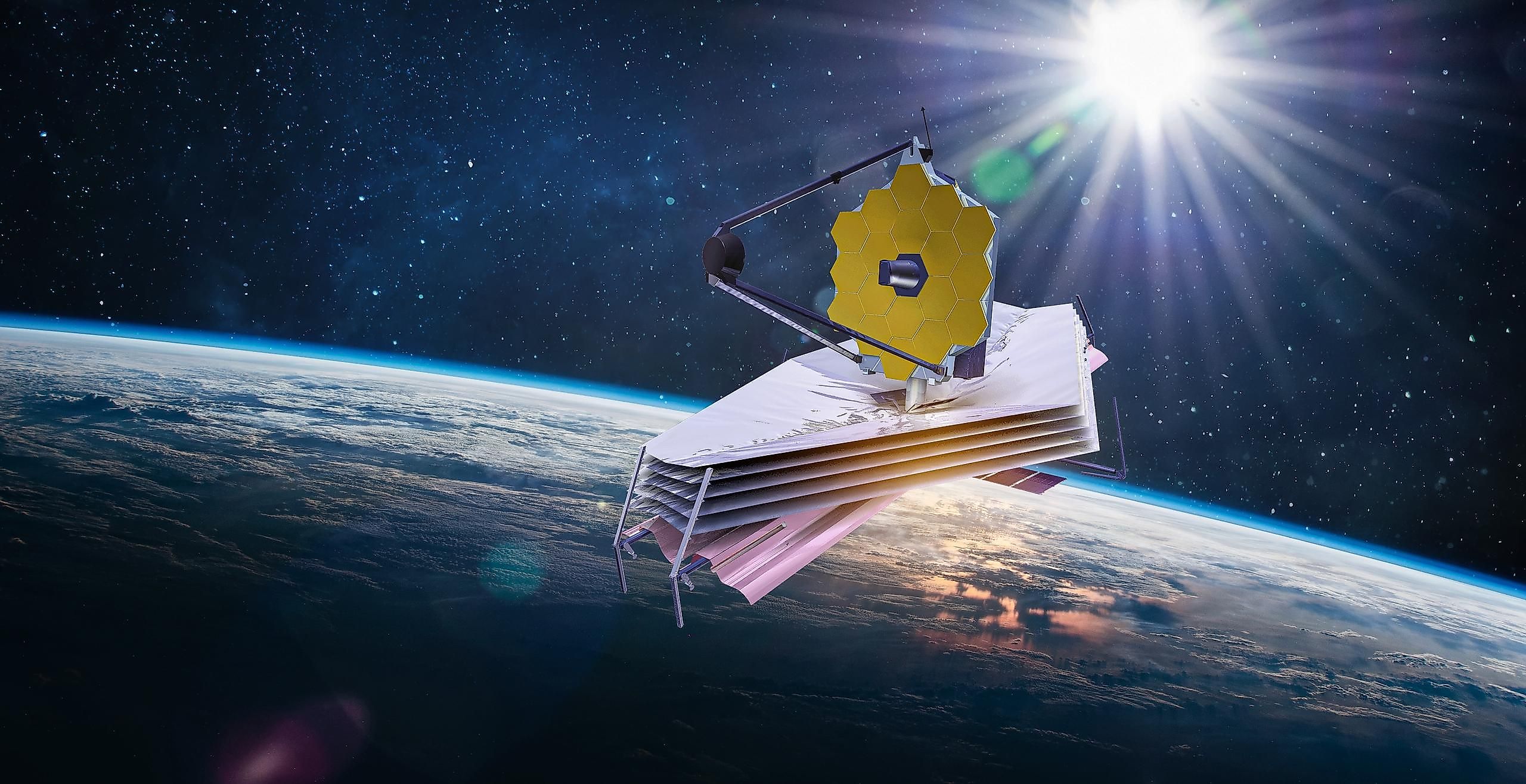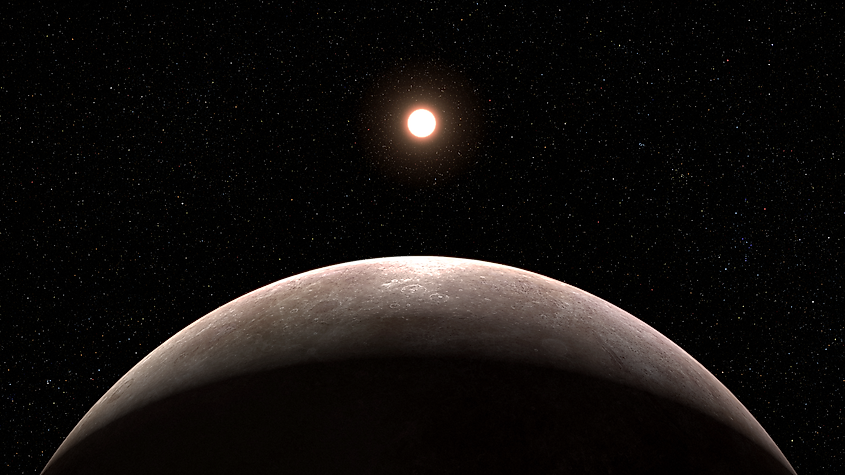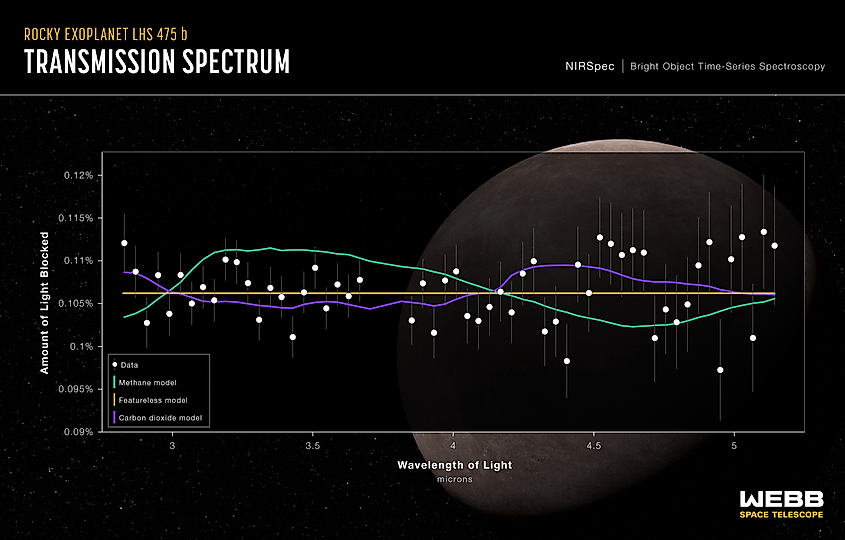
James Webb Telescope Finds Its First Exoplanet
NASA’s latest space telescope, James Webb, launched a little over a year ago in December 2021. In that time, James Webb has already begun to revolutionize our understanding of the universe and the laws of nature. To date, James Webb is the most powerful telescope ever built, and not only will it advance what is already known about the universe, but it will also likely uncover answers to questions we have yet to ask. One of the primary goals of the James Webb Telescope is to search for planets beyond our solar system, called exoplanets. The first exoplanets were discovered quite recently in the early 1990s, yet since that time, scientists have confirmed the existence of over 5,000 of them. Recently, James Webb added to the number of confirmed exoplanets when it discovered its very first world beyond our solar system.
A Newly Discovered Planet

The exoplanet, designated as LHS-475b, was discovered by the James Webb Telescope last year, with astronomers announcing its discovery on January 11 of this year. Earlier data from other NASA telescopes suggested that the star, called LHS-475, may be orbited by a planet, yet it was never confirmed. Thus, LHS-475 was classified as a target of interest, and astronomers then used the James Webb Telescope to search for the potential planet. To find the exoplanet, astronomers utilized a method for exoplanet detection called the transit method. The transit method is rather straightforward; all it does is look for any change in a star’s light caused by a planet passing in front of the star. When a planet transits its star, it will block a small amount of starlight, and if this change in light happens consistently over a period of time, astronomers know they have uncovered a planet. The sheer power of James Webb allowed astronomers to discover the exoplanet rather quickly, and all it took was two transits to confirm its existence. Past telescopes sometimes required a large number of transits to confirm an exoplanet’s existence, and so this goes to show just how powerful this telescope is.
Size, Orbit, and Host Star

LHS-475b orbits a red dwarf star, which are the most common type of star in the universe and are where the majority of exoplanets are discovered. Red dwarfs are small, cold, and dim when compared to most other stars. Red dwarfs range from 0.08 to 0.6 times the sun’s mass, and can be as small as 10% the diameter of the sun. However, since red dwarfs are so dim, finding exoplanets around them is significantly easier than for brighter stars. Furthermore, given their small size, planets tend to orbit much closer to red dwarfs than for other stars, which makes it easier to detect exoplanets. Add the fact that red dwarfs are the most common star in the universe, and we can see why the vast majority of confirmed exoplanets orbit red dwarfs.
LHS-475b is a rocky planet that is nearly identical in size to the Earth, having a diameter 99% the size of Earth’s. This makes LHS-475b an Earth-like world, yet based on its orbital period, it is unlikely that LHS-475b orbits in the habitable zone of its star. LHS-475b orbits closer to its host star than any planet in our solar system orbits the sun, and it completes a single orbit every two-days. However, while LHS-475b orbits its star closer than Mercury orbits the sun, the red dwarf is significantly colder than our sun, and so the habitable zone is located much closer to the red dwarf. While LHS-475b likely orbits too close to its star to be in the habitable zone, it is still far enough away from its host star to support an atmosphere. Interestingly, James Webb is the only telescope that has the technological capability of detecting and analyzing the atmospheres of small, rocky planets. Next, astronomers are hoping to analyze the atmosphere of LHS-475b and determine the composition of the planet itself, as well as its temperature and the likelihood that it could support the existence of life.











